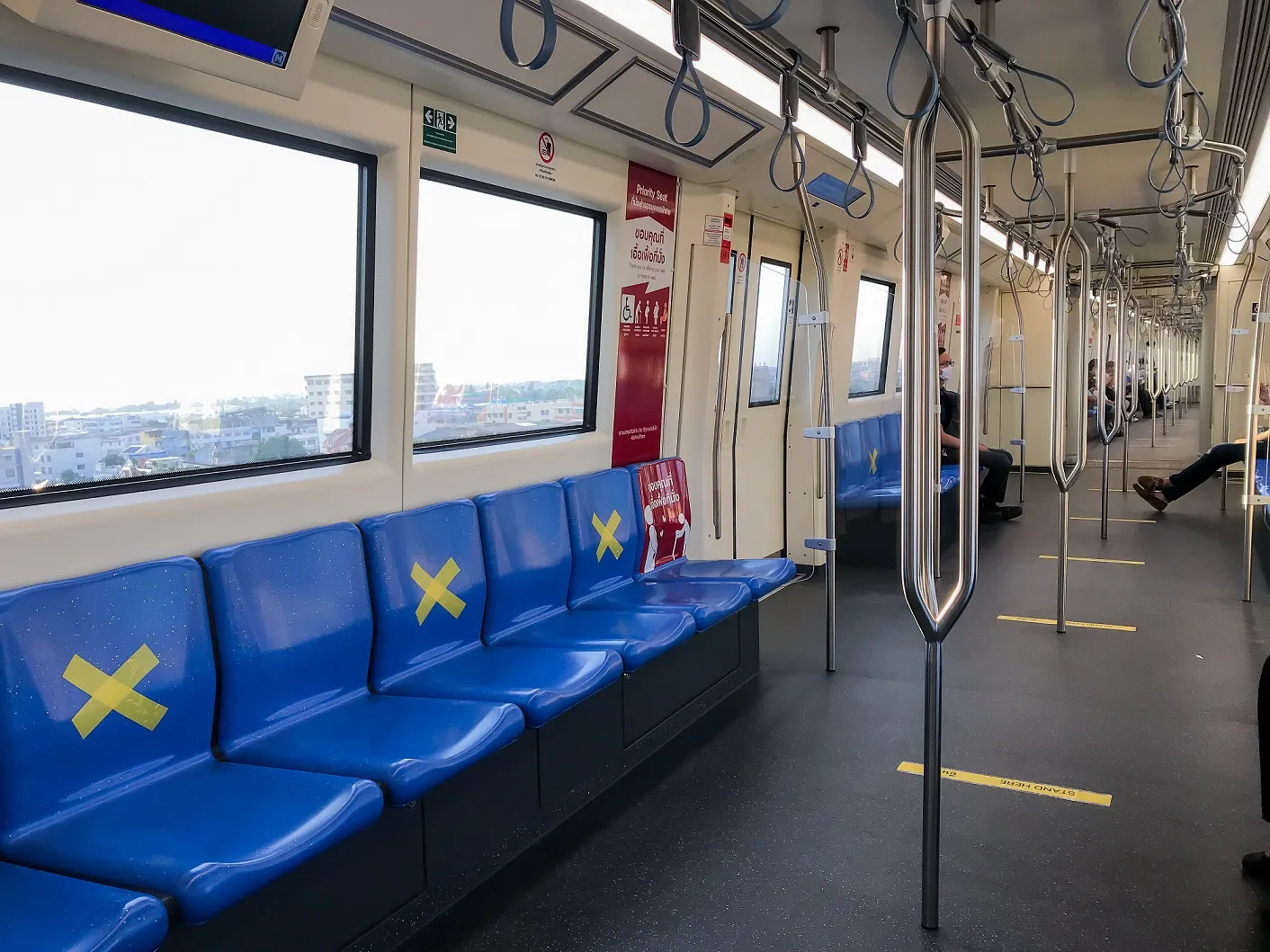Visitors to Skyline Technology Solutions’ booth at the ITS America Annual Meeting can experience two innovative products, Claris and Vero. As the company points out, the ability to communicate clearly and efficiently within your own agency and with your partners directly impacts how quickly and safely the collective can respond to events affecting roadways and public spaces. Sharing live streaming video and data with key decision makers and partners is a crucial element to making this happen. Skyline Techno
June 1, 2015
Read time: 2 mins

Visitors to 5564 Skyline Technology Solutions’ booth at the ITS America Annual Meeting can experience two innovative products, Claris and Vero. As the company points out, the ability to communicate clearly and efficiently within your own agency and with your partners directly impacts how quickly and safely the collective can respond to events affecting roadways and public spaces. Sharing live streaming video and data with key decision makers and partners is a crucial element to making this happen. Skyline Technology Solutions developed the Claris platform to provide agencies with the ability to manage and share live streaming video and data, then deliver that information to any device, helping facilitate faster coordination and a safer response. Claris normalises, aggregates and distributes live streaming video from any camera on any network and delivers that video, along with multiple layers of supporting data, to any device.
Meanwhile, the new Vero virtual video wall product uses an innovative, energy-saving approach to disp lay video inside TMC’s and remote command centres. Vero is a video wall software that eliminates the need to standardise through costly proprietary hardware-based solutions. Skyline says that for a fraction of the cost, Vero delivers the command/control and management of your agency video within your operations centre with ease and simplicity.
Claris and Vero are flexible and innovative products that facilitate an agency’s ability to make urgent decisions that impact lives. Skyline Technology Solutions will be conducting live demonstrations during expo hours at its booth. Be sure to stop by booth 820 to see Skyline’s products in action at PennDOT’s virtual TMC.
Meanwhile, the new Vero virtual video wall product uses an innovative, energy-saving approach to disp lay video inside TMC’s and remote command centres. Vero is a video wall software that eliminates the need to standardise through costly proprietary hardware-based solutions. Skyline says that for a fraction of the cost, Vero delivers the command/control and management of your agency video within your operations centre with ease and simplicity.
Claris and Vero are flexible and innovative products that facilitate an agency’s ability to make urgent decisions that impact lives. Skyline Technology Solutions will be conducting live demonstrations during expo hours at its booth. Be sure to stop by booth 820 to see Skyline’s products in action at PennDOT’s virtual TMC.









